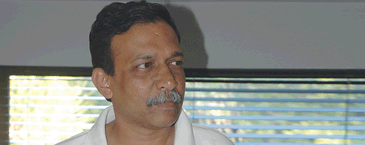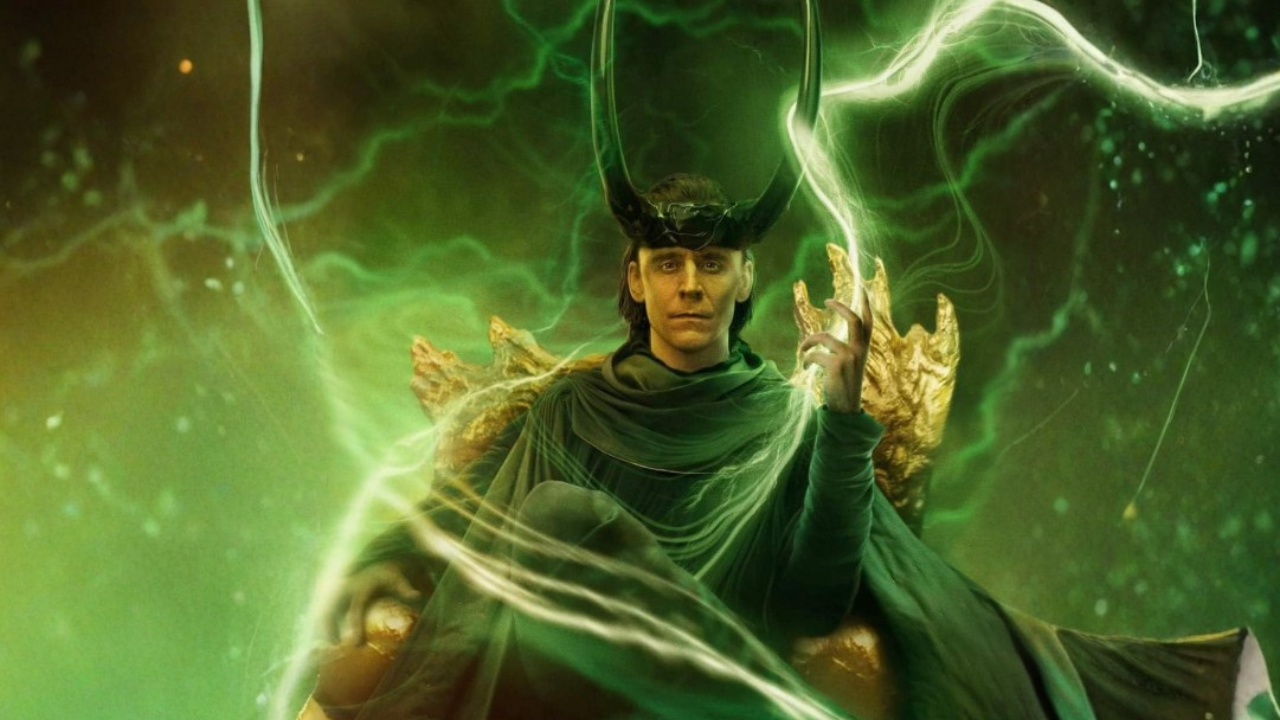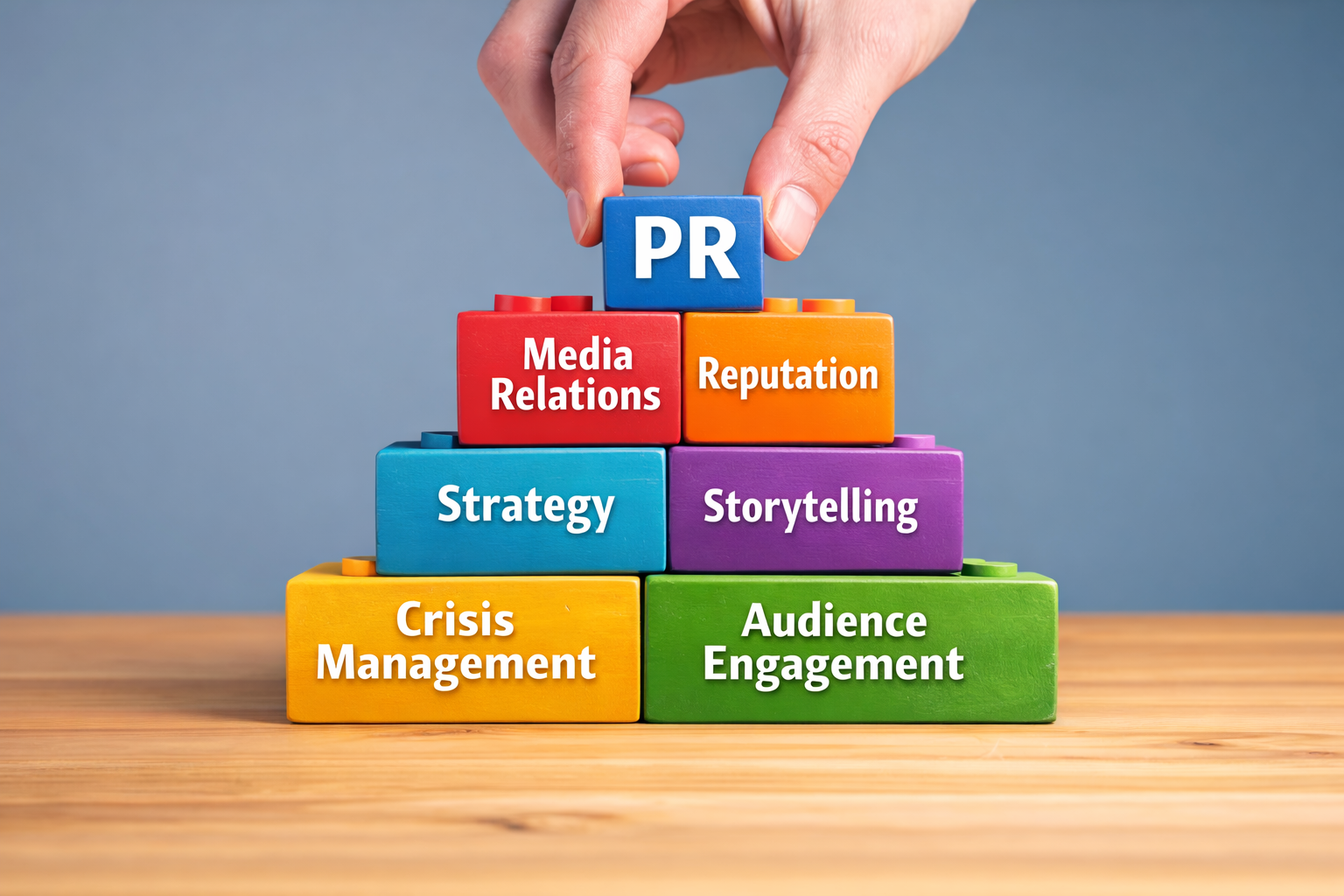It was difficult for me to deal with this as I had seen a journalist looking questioningly at an envelope that was offered to him, open it and then return it with distaste. However, Pratap, whom I first met more than 25 years ago, wouldn’t say it didn’t happen unless he believed it didn’t happen.
I called up a few friends in the PR industry to check if cash being paid to journalists was a common occurrence – and all of them said it was.
Shortly after I made the calls to friends, I received a mail from Hanmer which reiterated that no cash was in the envelopes – there were only gift vouchers as a token of gratitude. Both Pratap and Jaideep have read my mention in Diary wrong.
I was upset not with Mudra and Hanmer but with my own tribe, the journalists. At the press conference in question, there was only one journalist who was upset being given an envelope.What was wrong with Indian journalists or with Indian PR?
Not just Indian journalists and Indian PR, I learnt, when a regular reader, Snigdha (thanks, Snigdha) sent me a mail, extracts from which I reproduce:
Media junkets from hell By Mandy de Waal.
If you are planning a media tour, a press conference or want to meet a member of the Chinese press then it is expected that you hand them a ‘red envelope’. Said envelope contains cash that ostensibly is for the journalist’s travel costs, but is essentially a bribe. If you don’t offer the ‘red envelope’ then don’t expect coverage or to see that member of the media again. However if the envelope is discreetly included in the media kit, you are damn sure guaranteed coverage…
What made me feel ‘dirty’ was the continual reference the management of the Eastern Cape Tourism Board (ECTB) and their PR agency made to “getting good coverage”. It wasn’t innuendo. Or a hint. Or a suggestion. The ECTB and Hip-Hop Media demanded good coverage. They stated on several occasions that since the media had been transported, toured, wined, dined and given the ‘red envelope’ (plied with free gifts) anything less than great coverage could be considered traitorous.
I wonder if we are reaching this stage and — Pratap and I included — are blissfully unaware of the inroads the envelope has made into PR.
Which brings me to a larger question – is the PR industry in India escalating costs for no good reason? How many of the press conferences held in five star hotels across the country each day announce news that is worthy of that cost? In Mumbai, for example, one could host a press conference at the Press Club at a fraction of the five star cost – and if the tale you have to tell is compelling enough, it will be published.
Advertising agencies and media houses have learnt to cut costs (both their own and those of their clients) during the downturn; PR agencies haven’t. If a creative director can recognize the impact of the economy and produce a TVC cheaper than he might have done a year ago, why don’t PR agencies do the same?
Why do you need a hundred journalists at a conference? Why not work with the ten or fifteen who are most important, investing in time and effort rather than money? The rest could get a release – or even a meeting or an interview if they showed interest in the news.
Perhaps it’s time clients and their PR agencies sat and measured RoI for all activities – especially the press conferences. I’ll be surprised if they don’t get shocked.




